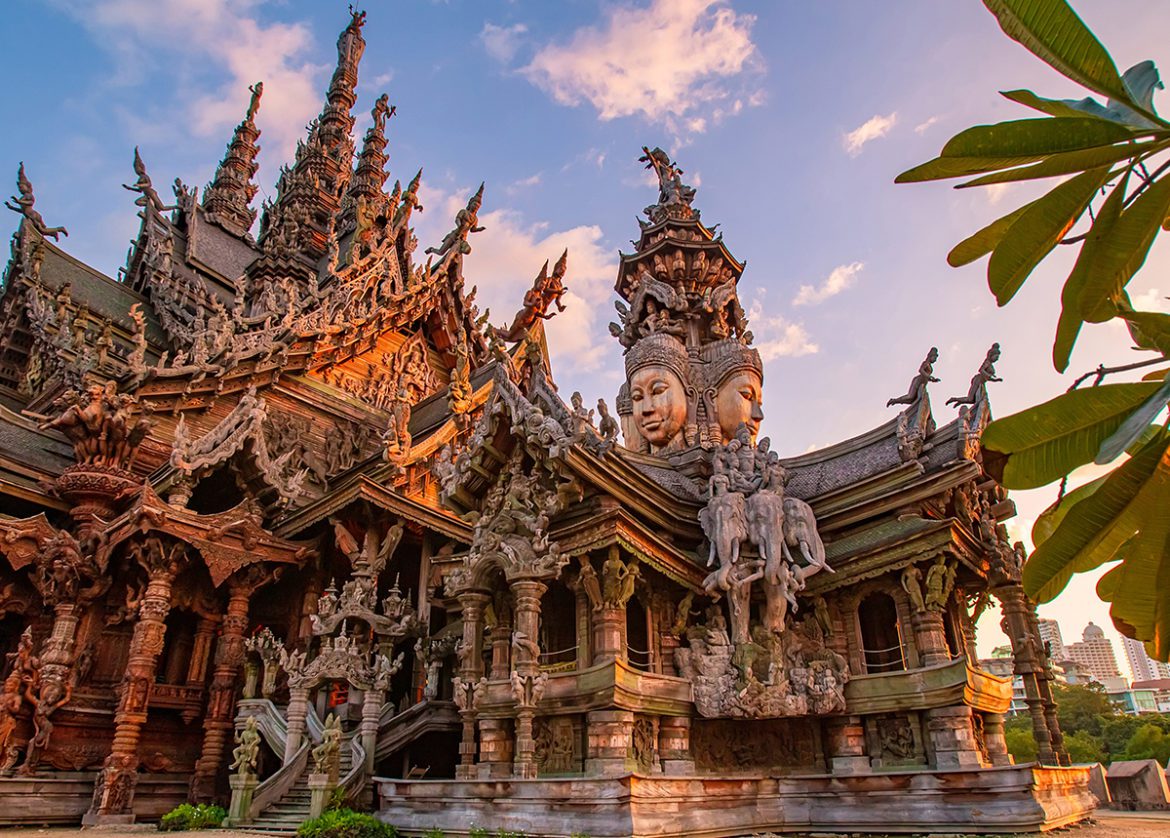Extraordinary Buildings Inspired by Exotic Influences
Exoticism—often referred to as exotica—is a trend in European decorative and fine arts, music, and architectural and interior design that emerged in the late 1800s and influenced art, architecture, and fashion, through the 20th century, and even today. The word itself is derived from the Greek word exo, which means “outside” and has come to mean “the charm or fascination of the unfamiliar.” Middle Eastern or Asian influences, which are defined as “Orientalism;” Chinoiserie, or Chinese influence; and the revival of ancient Greek, Roman, and Egyptian were embraced by French Neoclassical painters such as Jean-Auguste-Dominique Ingres (we profile his masterwork, Grand Odalisque in the Spring 2022 issue of ELYSIAN magazine), composers such as Claude Debussy, Rimsky-Korsakov, and Ravel, and even natural and local influences inspire the exotic—as we see here.
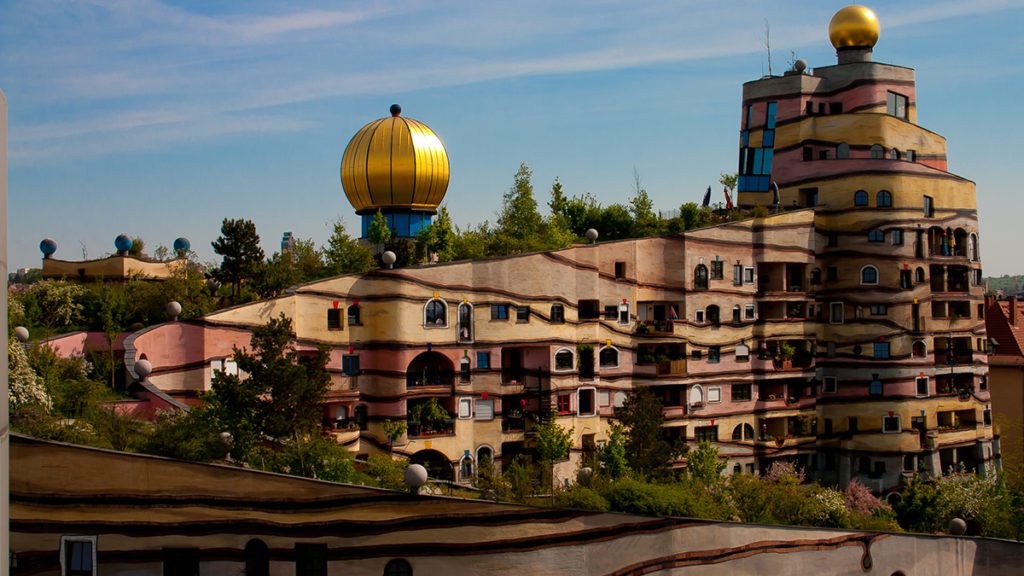
The Hundertwasser Building, named after its designer, Viennese artist Friedensreich Hundertwasser, is also known as the “Forest Spiral.” Located in Darmstadt, Germany, the exotic building was implemented by architect Heinz M. Springmann and completed in 2000. Not only influenced by nature, but natural elements are also integral to the design, such as the diagonal roof, which is planted with grass, shrubs, flowers, and trees.
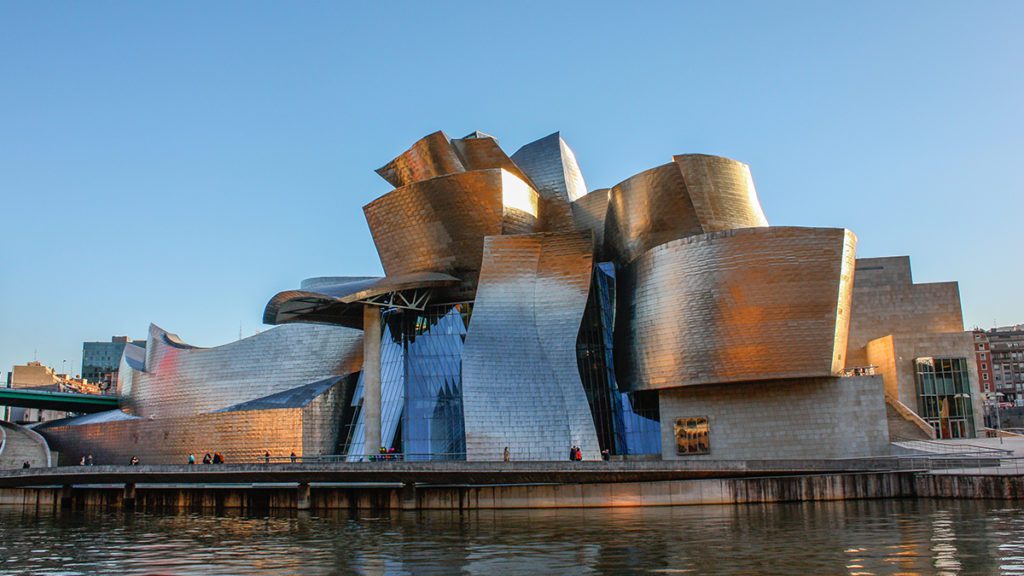
The Guggenheim Museum Bilbo in Basque Country, Spain is inspired by the simplicity and elegance redolent of Japanese brushstrokes and letters. Designed by Canadian-American architect Frank Gehry and completed in 1980, it was identified as one of the most important architectural achievements in the 2010 World Architecture Survey.
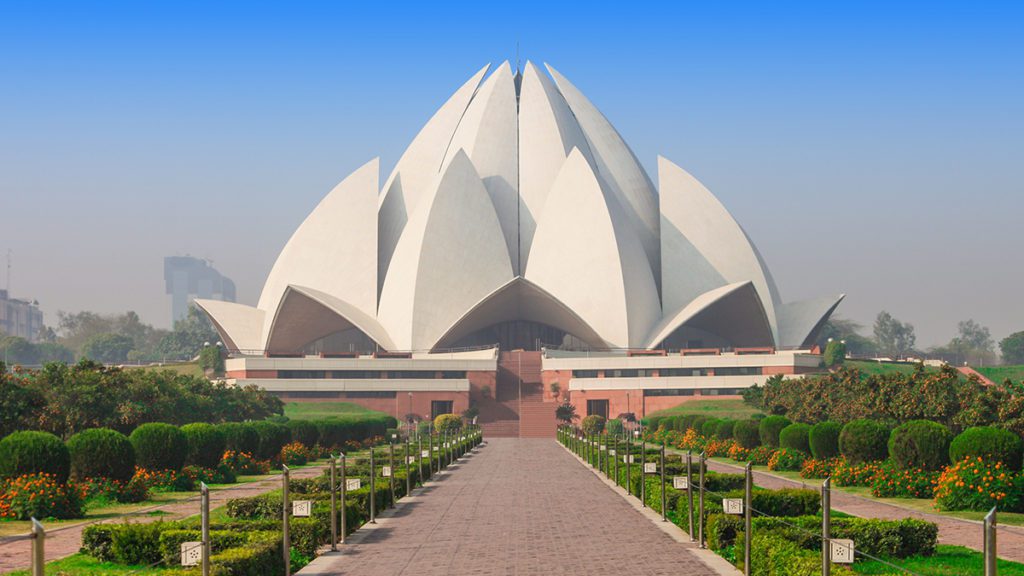
The Lotus Temple in New Delhi, India was influenced by the lotus flower, a popular design theme in India that spans centuries. Completed in 1986, the building is a Baha’i House of Worship.
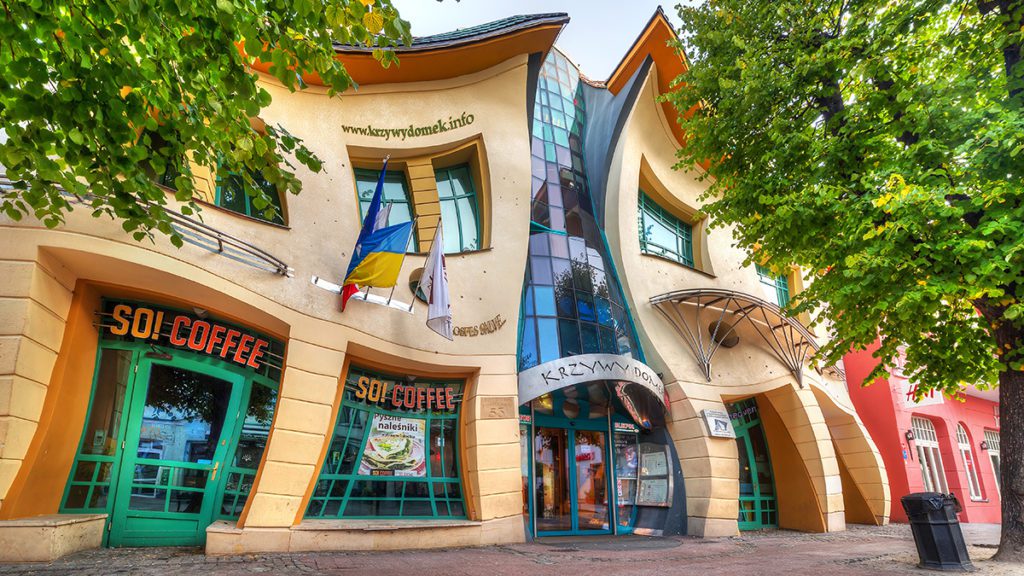
The exotic “Crooked House” in Sopot, Poland was constructed in 2003 and was inspired by children’s book illustrator Jam MarcinSzancer.
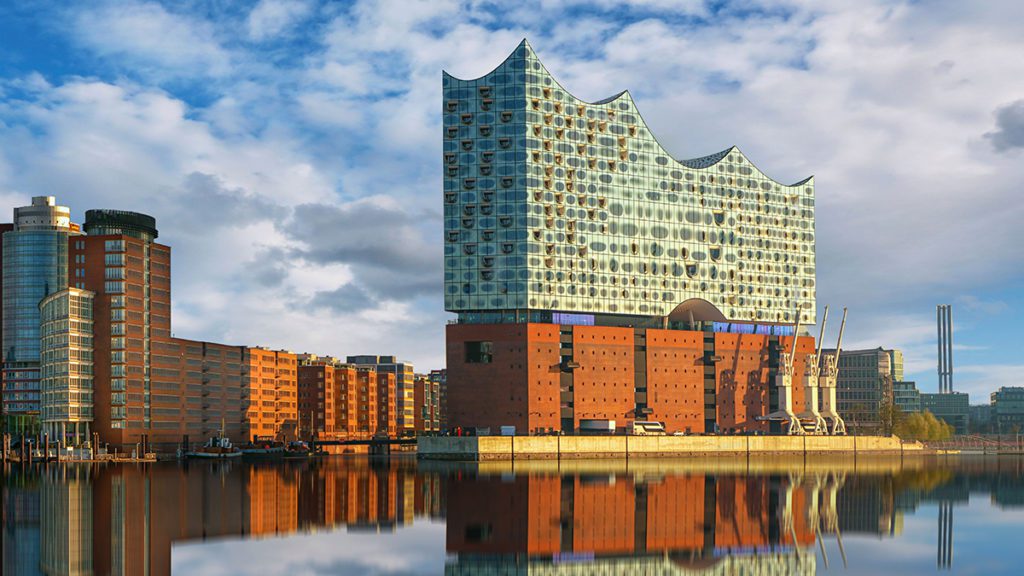
The Elbe Philharmonic, designed by Jacques Herzog and Pierrre de Meuron in Hamburg, Germany, integrates as its base an abandoned 1960s brick warehouse atop which is built a translucent glass hall.
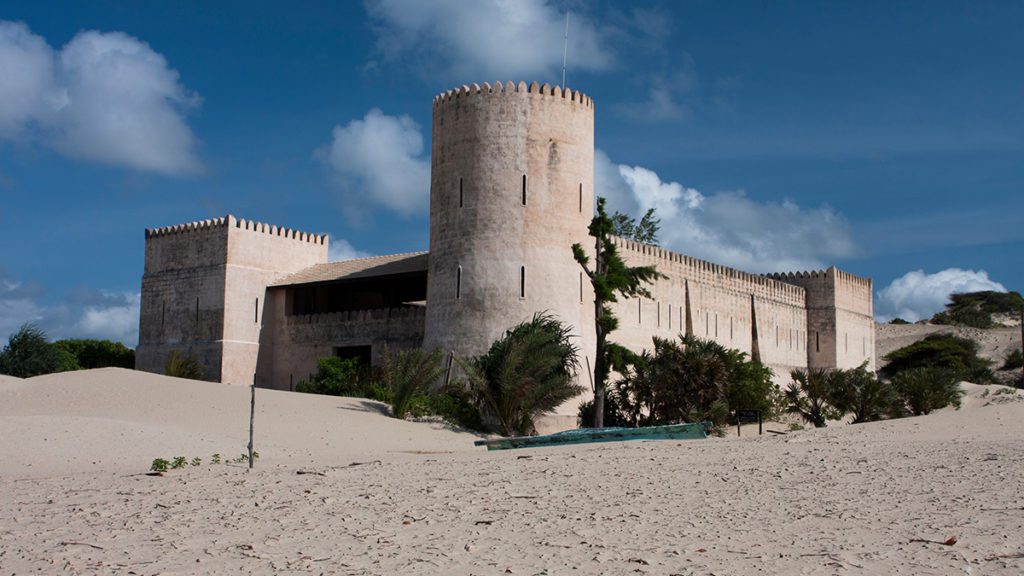
South African architect Claudio Modola was inspired by Moroccan and military fortresses in the residence he designed for an Italian businessman on Lamu Island, off the coast of Kenya.
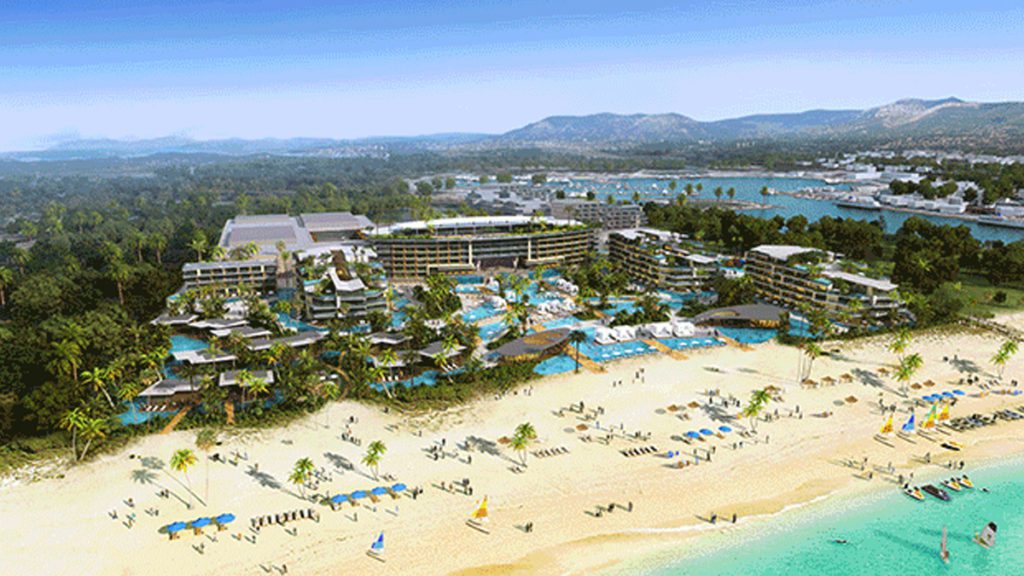
Architect Nunzio DeSantis was inspired by the Gardens of Babylon in his firm’s design of Caesars Palace Luxury Resort in Puerto Los Cabos, Baja, Mexico. “For me,” he explains, “exotic locations are easier to design than non-exotic locations…we begin to distill, elevate, mold and craft design into unique and memorable moments that inspire and lift the owners’ and guests’ imagination.”

